Security has become more and more necessary for businesses, both physical and logical, in today’s technological age. Many companies look for solutions to minimize the security risks they deal with. One of the most significant security risks many businesses suffer from is unauthorized access to physical and logical systems. But how does one do that? With a complex and dynamic access control system.
Table of Contents
What is Access Control?
Access control is a security technique/process that regulates who or what can view or use resources. At its core access control is a fundamental concept in security to minimize risk.
There are two major types of access control: physical and logical. Physical access control limits access to physical areas while a logical access control limits connection to networks, files, data, etc. Physical access control focuses on securing a facility with electronic control systems that utilize credentials, card readers, etc. to grant access. The logical system will control access through identity authentication, user authorization, biometrics, etc.
Both systems seek to help mitigate and limit risk for your business. Let’s look at the main types of access control.
Mandatory Access Control (MAC)
This is the most restrictive form of logical protection, with the power to permit access lying with system administrators. This means that users cannot change their access levels that deny or allow entry into different areas, creating strong security around sensitive information.
Once a user enters the system, they are labeled with a unique ‘tag’ that speaks to what level of access they have. These tags are what limit or allow a user into certain areas, ensuring no one is accessing areas and information they are not supposed to.
Discretionary Access Control (DAC)
Discretionary Access Control is a little laxer with its security, putting more control into leadership’s hands. Leadership is able to determine who can access what resources even if the system administrator created different permissions. All you need is the right credentials. The only downfall of this form is that the end-user now has control of security levels and that requires oversight with someone managing permissions. Unfortunately, that person can let actions and permissions fall through the cracks because they are, after all, human.
Role-Based Access Control (RBAC)
Role-based access control gives permissions to a user based on their responsibilities within a business. This is the most common access control system, determining access based on company roles thus ensuring lower-level employees are not access high-level information. The access needs of each person are based on resources, needs, environment, job, location, and more, all determined by the business. It is so popular because executives and higher-ups can group employees based on the resources they need.
Rule-Based Access Control
This system gives permissions based on structured rules and policies. This is a context-based system where a user can attempt to access a resource and the system will check on the rules decided on within the ‘access control list’ that was previously built.
Attribute-Based Access Control
This access control system provides a different dynamic and risk-intelligent control based on attributes given to each user. These attributes work to build a user profile which is used to determine access. Many of these attributes can be obtained and imported from a separate database such as Salesforce or HubSpot.
Identity-Based Access Control
This is the most simple yet complex system available. This system dictates if a user has access to a resource based on their individual visual or biometric identity. The user will be granted or denied access based on if their identity is matched with a name appearing on the access control list. This is a very detailed approach that gives tons of control to the business owner.
Contact Us For Access Control Solutions
If you are thinking about utilizing a form of access control for your business, contact the professionals at KT Connections. We are well versed in the world of access control, logical and physical, and will provide you with a system that will fit your exact needs.

